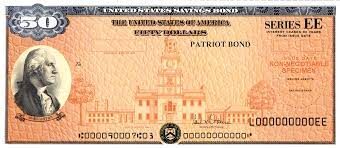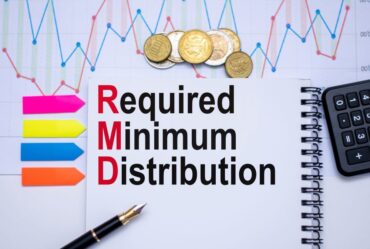Transferring EE Bonds into a 529 Plan for College
EE Savings bonds can be used for Qualified Education Expenses, and the interest received may be tax-free, if certain conditions are met.
In order to qualify for the Tax-Free interest, you must meet all of the following:
- The EE Savings Bonds must have been purchased after 1989
- The EE Savings Bonds must be used for Qualified Education Expenses
- If your income is between or over $83,200 and $98,200 (single tax filer) or $124,800 and $154,800 (married filing jointly) for 2021, then you will not receive the interest tax-free. Regardless of transferring to a 529 or spending on education
- The owner of the EE bonds must not be the child, rather usually they are the parent and/or spouse who claims the child, and the owner must be over 24 years of age.
Transferring EE bonds into a 529:
When using the 529 plan as the qualified education expense, the savings bonds cannot be directly transferred to the 529 plan account. Instead, the bonds must be redeemed, and the proceeds deposited into the 529 plan account.
In the past, only direct expenses of tuition and fees were allowed to claim the income exclusion. But Qualified expenses now include contributions to 529 savings plans. So, taxpayers have the opportunity to transfer these funds into a 529 plan tax-free.
When using the 529 plan as the qualified education expense, the savings bonds cannot be directly transferred to the 529 plan account. Instead, the bonds must be redeemed, and the proceeds deposited into the 529 plan account. The proceeds must be deposited within 60 days of cashing the bonds and within the same tax year. If the entire proceeds are not contributed to the plan, then part of the savings bond interest would be taxable.
**** SIDE NOTE:
Many of our clients are interested in deferring income and funding education plans for grandchildren. A grandparent-owned savings bond would not generally qualify because the grandchild is not a dependent. However, there is a process that makes grandparents eligible:
The grandparent does not need to be the owner of the 529 plan but must be listed as the beneficiary of the 529 plan.
The grandparent redeems the savings bonds and contributes the proceeds to the 529 within 60 days. This allows the tax-free transfer of the total proceeds if the AGI limitations are met.
The beneficiary of the 529 plan is then changed from the grandparent to the grandchild.
Recap:
When using the 529 plan as the qualified education expense, EE savings bonds cannot be directly transferred to the 529 plan account. Instead, the bonds must be redeemed, and the proceeds deposited into the 529 plan account.
In the past, only direct expenses of tuition and fees were allowed to claim the income exclusion. But Qualified expenses now include contributions to 529 savings plans. So, taxpayers have the opportunity to transfer these funds into a 529 plan tax-free.
When using the 529 plan as the qualified education expense, the EE savings bonds cannot be directly transferred to the 529 plan account. Instead, the EE bonds must be redeemed, and the proceeds deposited into the 529 plan account. The proceeds must be deposited within 60 days of cashing the bonds and within the same tax year. If the entire proceeds are not contributed to the plan, then part of the savings bond interest would be taxable.
As always, feel free to reach out with any questions pertaining to your situation.
Matt Ward, CFP®
817-238-6300
Matt.Ward@newcenturyinvestments.com





